9 things you think you know about ancient Egyptians that are actually wrong
- Oops!Something went wrong.Please try again later.
Ancient Egyptian culture has drawn the attention of humans throughout the centuries.
But some of the most repeated facts about ancient Egypt don't have scientific backing, experts said.
Here are nine common misconceptions about ancient Egypt, debunked by experts.
The mystique of ancient Egypt has fascinated humans throughout history.
With their impressive architecture, scientific knowledge, religious cults, and beautiful artwork, the ancient Egyptians continue to impress historians long after the end of their reign.
But some so-called facts about the ancient culture repeatedly infuriate Egyptologists. Here are nine of the most common misconceptions.
The pyramids were built by slaves
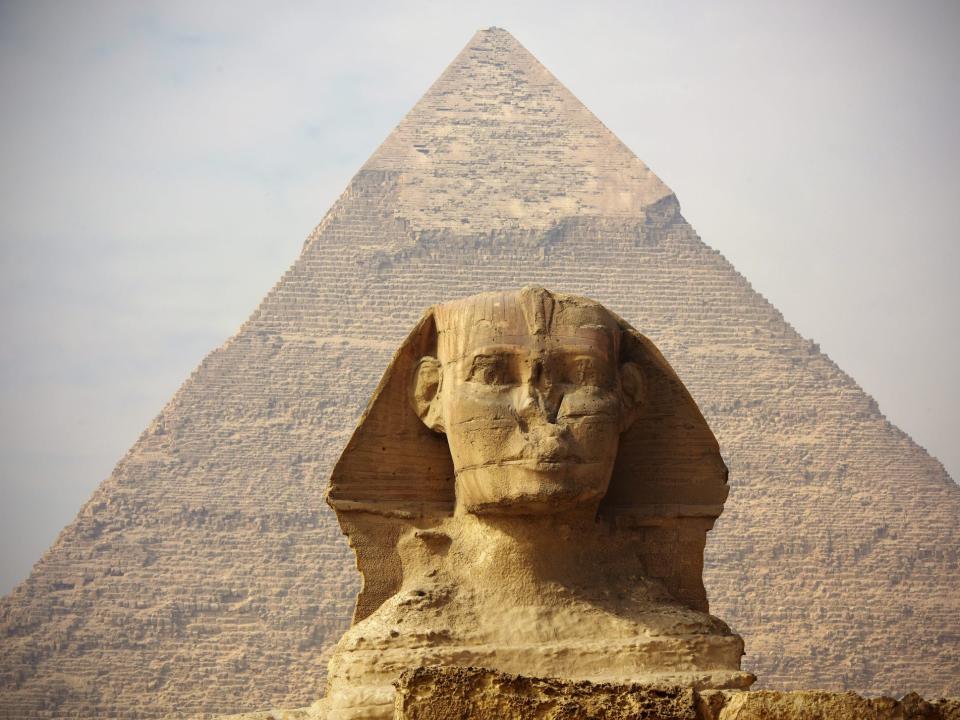
In the 1956 movie, "The Ten Commandments," enslaved people are seen dragging blocks across hot desert scenes to build the pyramids while being whipped by their masters.
But most archaeologists don't think that's true to reality.
"According to contemporary scholars, people who were building the pyramids were free," Wojciech Ejsmond, an Egyptologist from the Warsaw Mummy Project, told Insider.
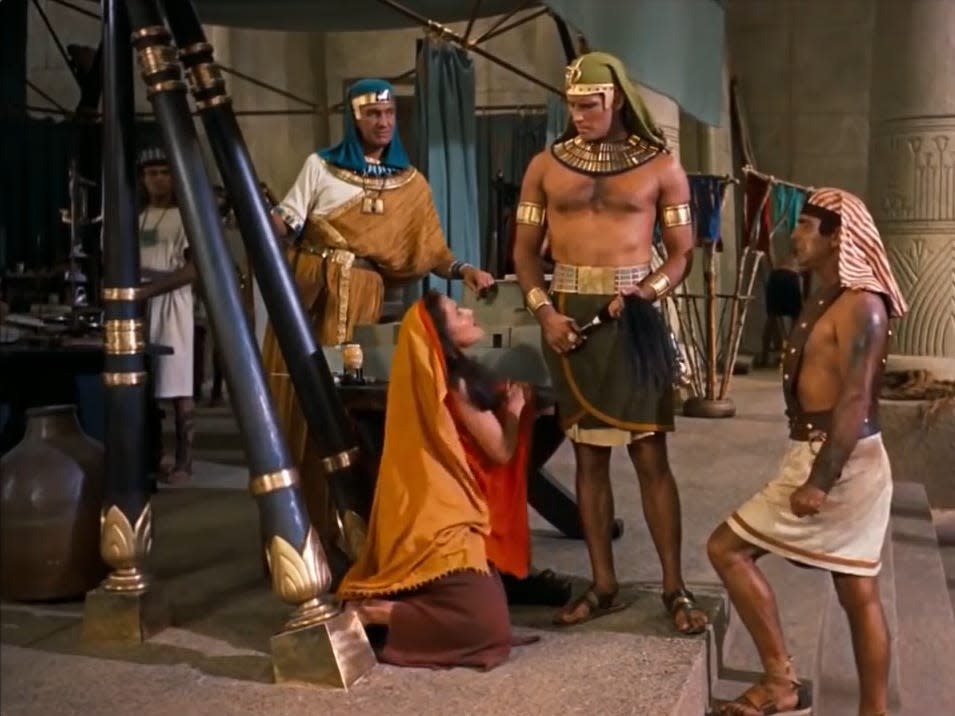
Ancient Egyptians didn't have a currency, so Egyptians would likely pay their taxes in services rather than money. That meant some would give grain or products, and some would be pyramids.
Cleopatra was extraordinarily beautiful
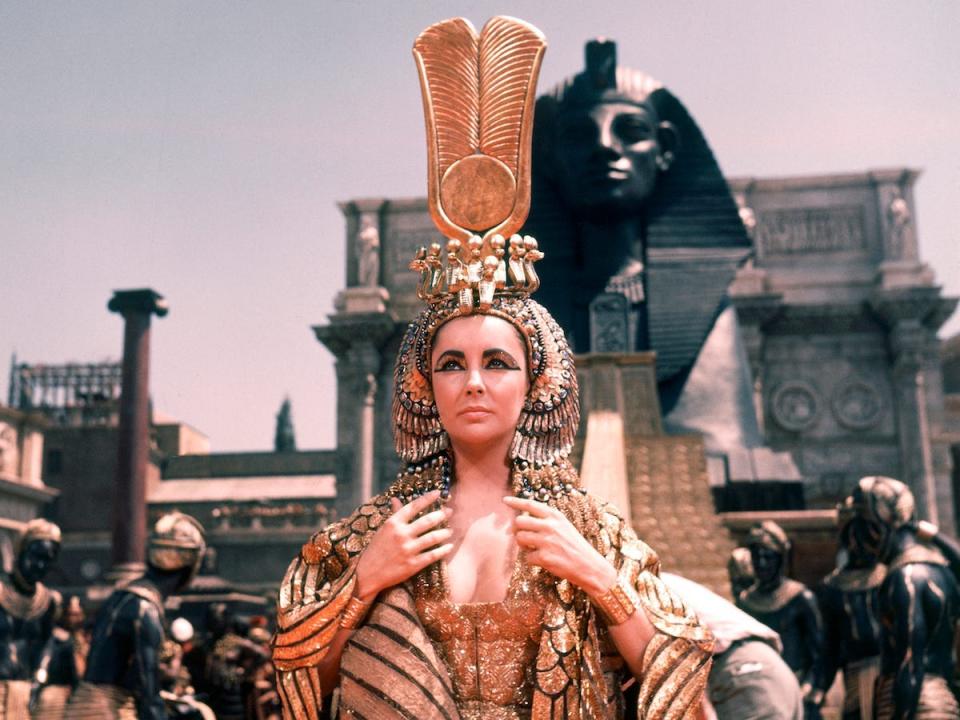
Ejsmond said there's no solid evidence to support the idea that Cleopatra was physically remarkable in any way.
"We do not have any grounds to think that she was extraordinarily beautiful," though she may have been charming and intelligent, said Ejsmond.
He said the myth of her beauty could have been part of Roman propaganda.
"Romans wanted to show her as a femme fatale seducing good Roman citizens and dragging them into the lustful and debauched lifestyle of an oriental despot," he said.
Ancient Egyptians thought the pharaoh's mummy could rise from the dead
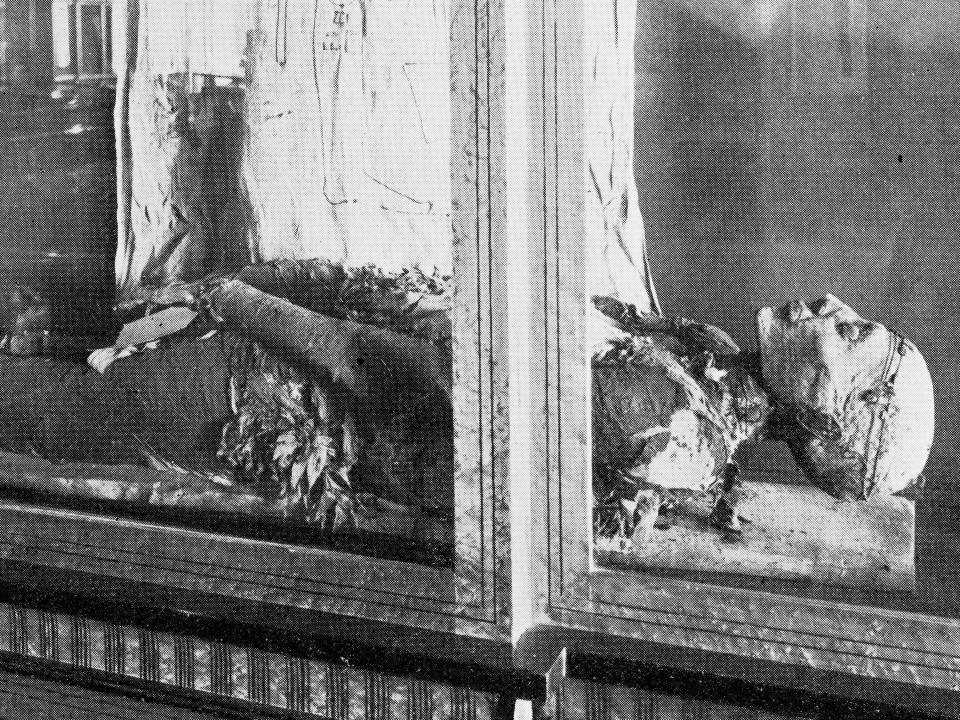
Though mummies rising from the dead are a staple of the horror genre, Egyptians likely didn't believe this would happen in real life.
"Symbolically, the pharaoh is never dead," said Ejsmond. "But let's be honest, of course, it's symbolic. In reality, people see he's decaying."
Nevertheless, Egyptians did believe that the dead could affect the living.
"For example, if the body of somebody was badly treated after death, or didn't receive the proper burial or funeral rights, this person can cause accidents, or numerous bad things to members of his or her family," he said.
Human sacrifices were common
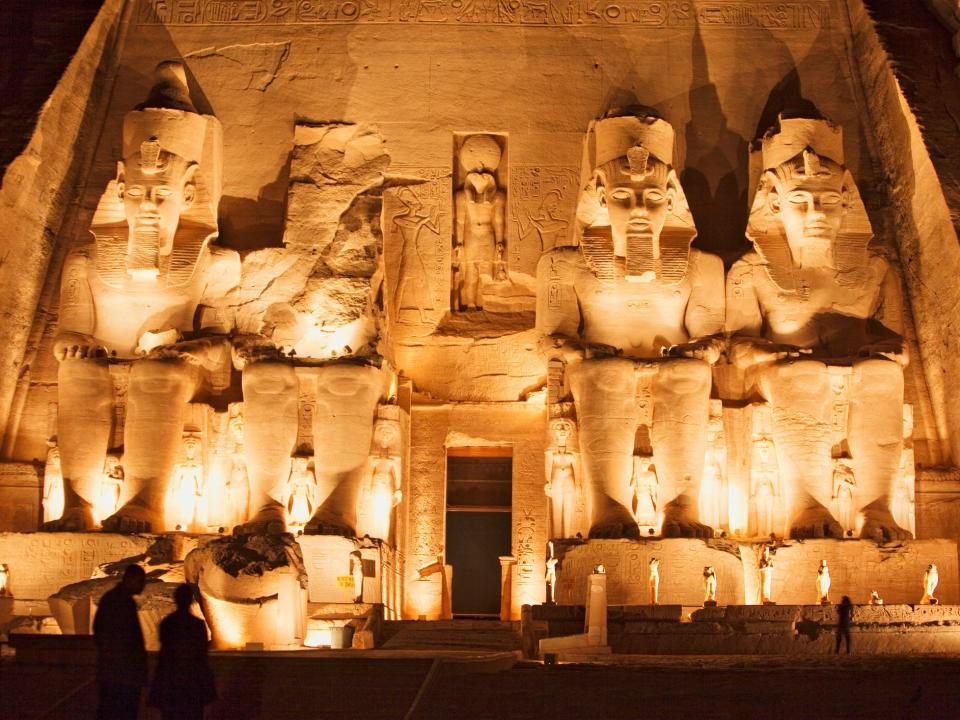
A common trope about ancient Egypt is that servants were buried alive or killed to be with their pharaoh so that they could accompany them in their death.
It's possible that this did happen at some point in ancient Egyptian history, but it was likely for a very short period of time.
"During the first dynasty, there probably was a human sacrifice," said Ejsmond.
Tombs of the first dynasty pharaohs are surrounded by hundreds of smaller tombs of people aged between 14 to 25. That they would all die at the same time as the pharaoh is indeed very suspicious.
Still, "no obvious marks on bones or anywhere were ever found to verify this. So it's still an open topic," said Ejsmond.
Whether there were sacrifices "during the second dynasty, it's debatable, but still convincing. After that, there is no evidence of human sacrifice," said Ejsmond.
That means there may have been sacrifices over a period of about 400 years, while ancient Egyptians ruled for about 3,000 years.
Mummification was meant to preserve the body
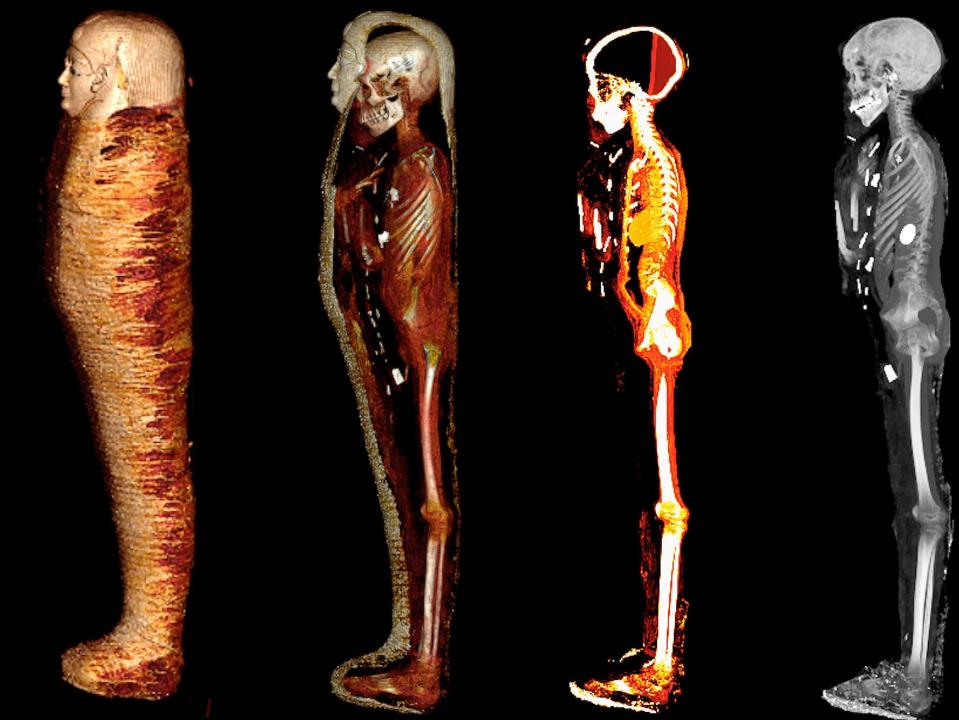
A common idea about ancient Egypt is that mummification was meant to preserve the body because it was connected to the pharaoh after death.
But there is a group of Egyptologists who argue that mummification was not meant to preserve the body. Instead, they say it was meant to restore the pharaoh's body to its rightful shape: the shape of a statue.
These Egyptologists say that statues may have been seen as extensions of the gods on Earth.
In this view, "producing a life-like image, recognizable image, actually was never the intention in the first place," but making the body look like an idealized god-like statue was, Campbell Price, a curator at the Manchester Museum in the UK who published a book about this theory, previously told Insider.
That would explain, Campbell said, why so many mummifications of pharaohs were later found to have been "botched." Egyptologists from this new school of thought argue that preservation was never the embalmers' goal.
But this view of mummification is controversial, and not all Egyptologists agree.
Pyramids were booby-trapped
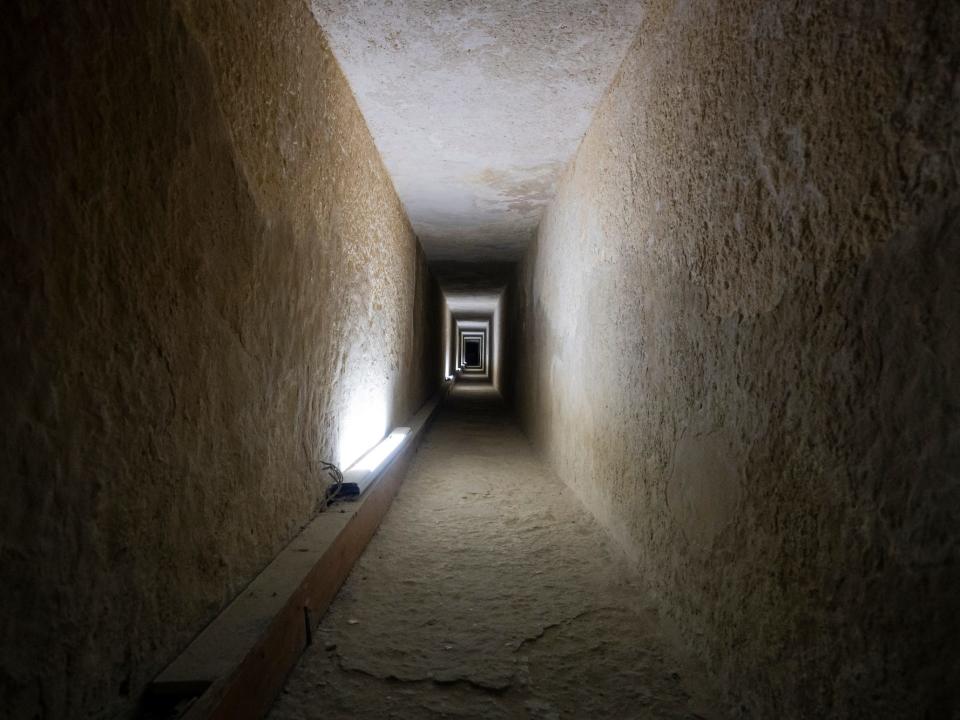
Egyptians didn't booby trap their pyramids.
This misconception stems from the discovery of vertical shafts in pyramids that were found to go straight down in the middle of corridors descending to royal chambers.
"Some scholars were thinking that these were traps, like the robber would suddenly fall down," said Ejsmond.
"Well, such a robber would have needed to be extremely stupid!" he said.
Another explanation for these shafts is that they were meant to catch water during heavy rain to keep them from harming the royal chamber, he said.
That being said, the builders did try to protect royal remains from grave robbers by, for instance, using red granite to block the corridors. But thieves simply carved around the granite block into the limestone walls of the pyramid, said Ejsmond.
There were labyrinths inside the pyramids
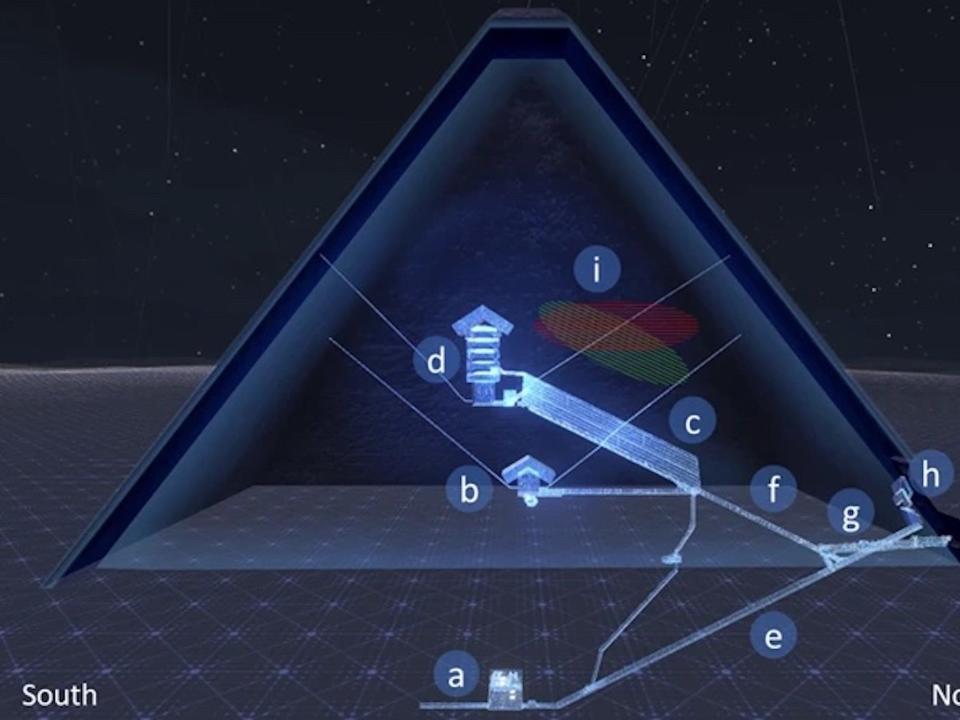
Ejsmond said that the idea that people needed intricate treasure maps to navigate a labyrinth inside a pyramid is "completely false."
"When you look at the plans of the pyramid, usually the corridors are quite going straight to the burial chamber," he said.
However, labyrinth-like corridors could be found under some temples, he said.
"There were some really complex systems of corridors, so-called crypts, where it's like in the movies," he said.
"Sometimes you need to press one stone block so another door on the opposite side of the same corridor will also be free to push," he said, adding: "You need to know what is the sequence of pushing the rocks so you can open a secret passage."
There was such thing as a pharaoh's curse on the living
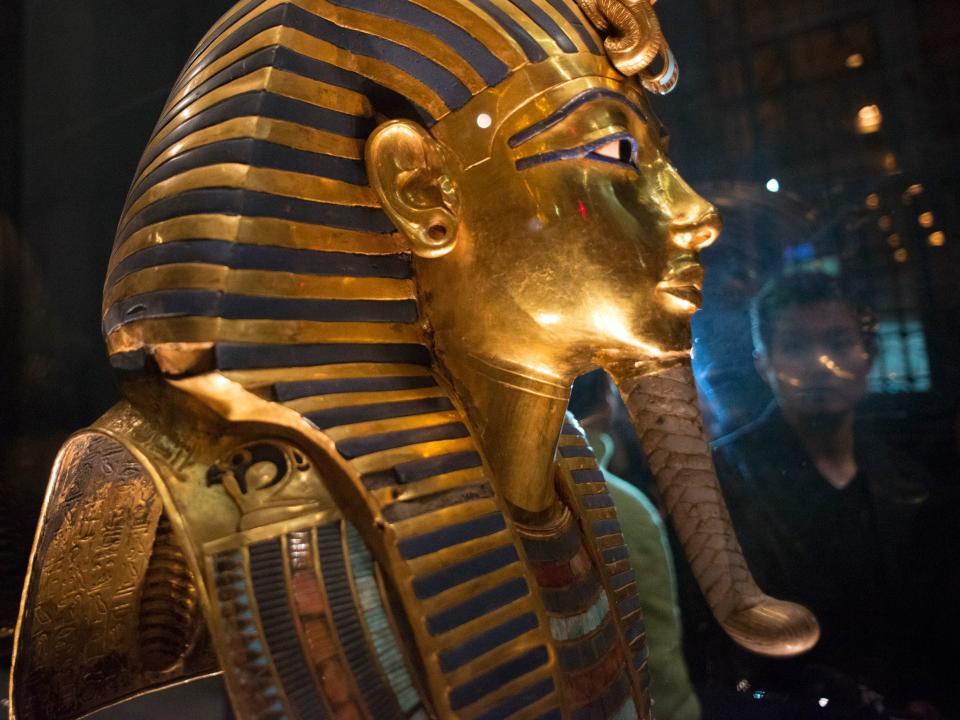
It's been the inspiration for many movies: An adventurer who desecrated a pharaoh's tomb sees terrible things happen to them in life.
But this idea isn't grounded in archaeological evidence, Ejsmond said.
"In some tombs, especially dating to the old kingdom and the first intermediate period, you can find inscriptions, usually by the entrance, saying that whoever will enter and do harm to this tomb, his soul will be brought to the great God and he will be charged," Ejsmond said.
But what that means is that the pharaoh, the god incarnate, will judge the person's actions after death, not in life, said Ejsmond.
There is one exception: an inscription that reads that the gods would cut out the 'hepesh' of anyone who harmed the tomb, said Ejsmond.
"We have some problem understanding what he meant by the word 'hepesh'. It could mean vital force, but it could mean strength, or it could literally mean that the person's arm will be cut," said Ejsmond.
Eating parts of a mummy's flesh could confer mystical health properties
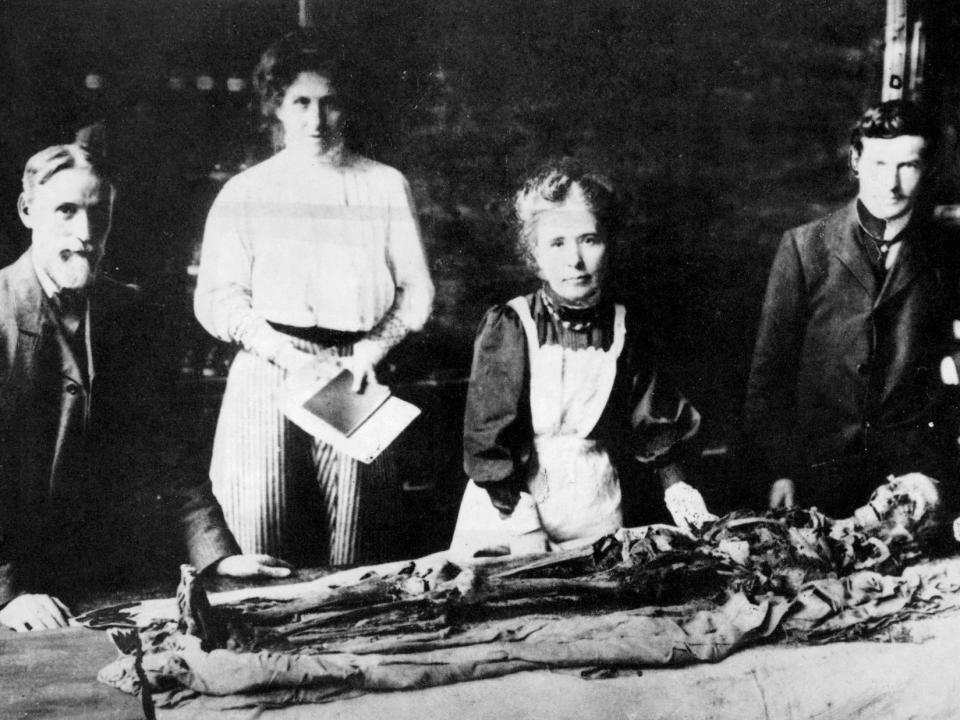
It's not just modern-day misconceptions that have Egyptologists reeling. There was a bizarre health fad in Victorian times: people believed eating parts of a mummy's flesh could confer mystical health properties.
"Till the 1920s, you can find mummy powder in catalogs of some pharmacies in Germany," said Ejsmond, adding: "It's probable that our grandfathers and grandmothers could have been eating mummies."
For Ejsmond, this misconception dates back to the 12th century when Arab physician Abd-al Latif wrote a treatise about the wound-healing properties of a type of resin called mūmiyā.
When the Crusaders returned from the East in the Middle Ages, "they spread the information about the mūmiyā, which was thought to be a panaceum — medicine practically from everything from headache to impotence to healing wounds," said Ejsmond.
As years went on, the word was misconstrued for "mummies," and people started seeking out powdered mummified remains for their healing properties.
Many of these misconceptions may date back to the Greek historian Herodotus
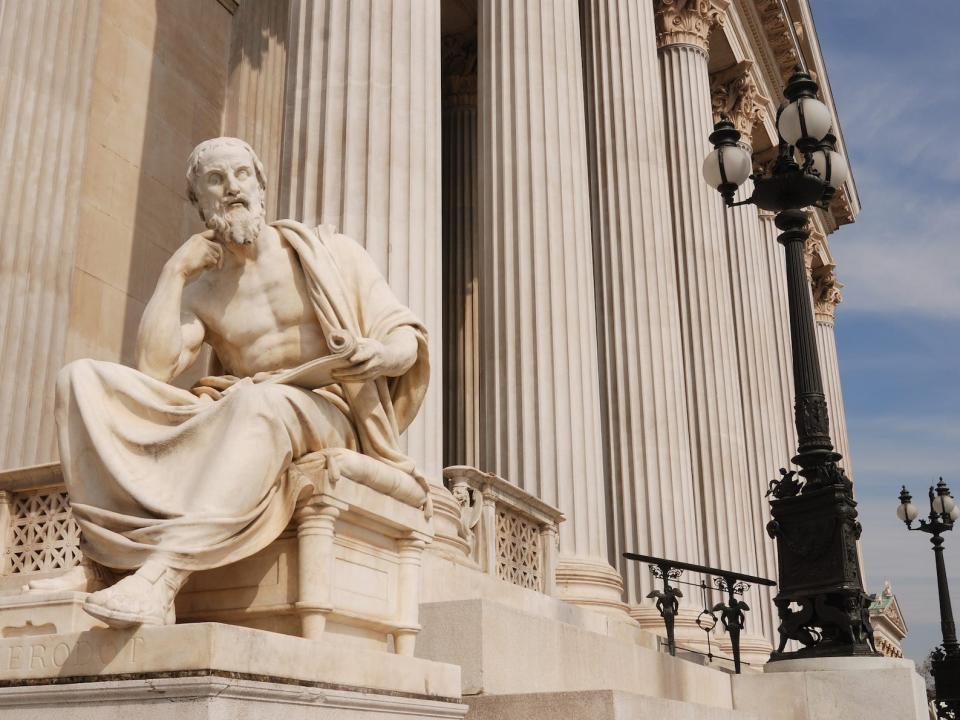
Greek historian Herodotus visited ancient Egypt in the fifth century BC, toward the end of ancient Egyptian history. His book detailing the life of ancient Egyptians was extremely influential.
"For many generations, he was the primary source about ancient Egypt," said Ejsmond.
Most of his book is remarkably accurate, and some of the information provided has stood the test of time. But on occasion, Herodotus "had a very liberal approach towards truth," said Ejsmond.
For example, "there's a very weird passage when he says 'the hippos took the pharaoh'," said Ejsmond.
Many misconceptions that have survived in the lore about ancient Egypt to this day may have found their origins in Herodotus's work.
Read the original article on Business Insider

